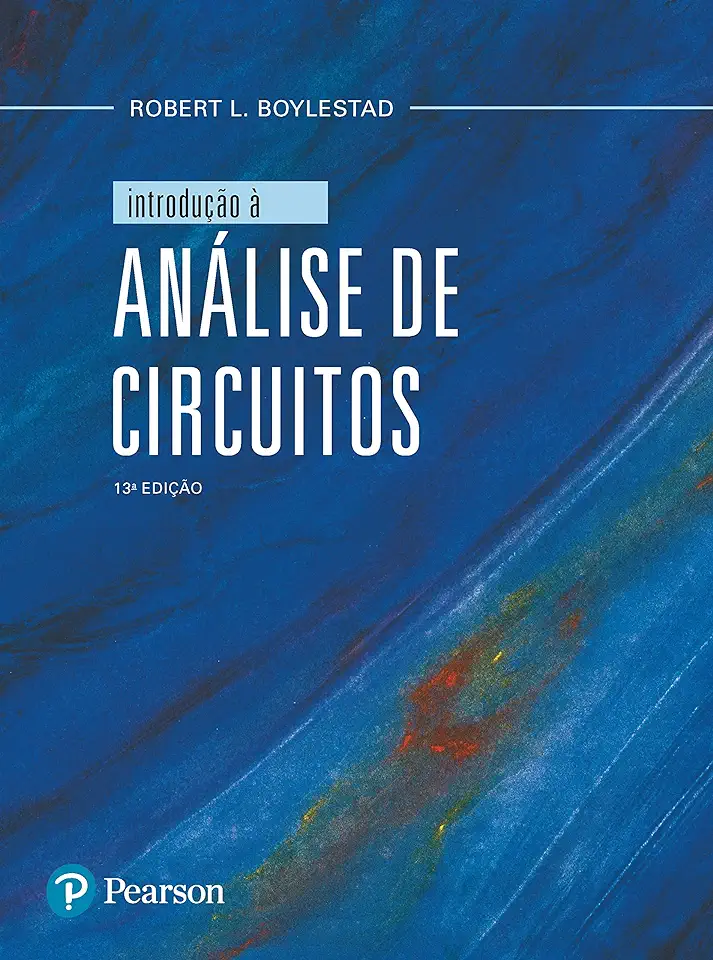
Introductory Circuit Analysis - Robert L. Boylestad
Introductory Circuit Analysis: A Comprehensive Guide to Electrical Circuits
Master the Fundamentals of Circuit Analysis with Boylestad's Renowned Textbook
In the realm of electrical engineering, circuit analysis stands as a cornerstone discipline, providing the foundation for understanding and designing complex electrical systems. Robert L. Boylestad's "Introductory Circuit Analysis" emerges as the definitive guide to mastering this essential subject, empowering students and professionals alike with a comprehensive and accessible approach to circuit analysis.
Why Choose Boylestad's Introductory Circuit Analysis?
Unparalleled Clarity and Pedagogy: Boylestad's writing style is renowned for its exceptional clarity and pedagogical prowess. He presents complex concepts in a straightforward and engaging manner, making even the most challenging topics approachable and understandable.
Comprehensive Coverage: This comprehensive textbook covers a vast array of circuit analysis topics, from basic concepts to advanced techniques, ensuring a thorough understanding of the subject matter.
Real-World Applications: Boylestad seamlessly integrates real-world examples and applications throughout the book, demonstrating the practical relevance of circuit analysis in various engineering fields.
Problem-Solving Emphasis: Each chapter concludes with a substantial collection of practice problems, allowing readers to reinforce their understanding and develop problem-solving skills.
Interactive Learning Tools: The textbook is accompanied by a wealth of interactive learning tools, including online quizzes, simulations, and tutorials, enhancing the learning experience and promoting active engagement.
Key Features of the Book:
In-depth Coverage: Delves into fundamental concepts such as Ohm's law, Kirchhoff's laws, and network theorems, while also exploring advanced topics like frequency response, Laplace transforms, and two-port networks.
Step-by-Step Examples: Provides detailed, step-by-step solutions to a wide range of circuit analysis problems, illustrating the application of theoretical concepts in practical scenarios.
Variety of Circuit Types: Covers a diverse range of circuit types, including DC circuits, AC circuits, and transient circuits, ensuring a well-rounded understanding of circuit behavior.
Extensive Problem Sets: Each chapter concludes with an extensive set of practice problems, ranging from basic to challenging, fostering a deep understanding of the material.
Interactive Companion Website: Offers access to a wealth of interactive learning resources, including quizzes, simulations, and tutorials, enhancing the learning experience and promoting active engagement.
Who Should Read This Book?
"Introductory Circuit Analysis" is an essential resource for:
Students: Ideal for undergraduate students pursuing electrical engineering, computer engineering, or related disciplines, providing a solid foundation in circuit analysis.
Professionals: Serves as a valuable reference for practicing engineers and technicians, offering a comprehensive review of circuit analysis principles and techniques.
Hobbyists: Suitable for electronics enthusiasts and hobbyists seeking to expand their knowledge and skills in circuit design and analysis.
Conclusion:
Robert L. Boylestad's "Introductory Circuit Analysis" stands as the definitive guide to mastering circuit analysis, empowering readers with a comprehensive understanding of this fundamental discipline. Its exceptional clarity, real-world applications, and interactive learning tools make it an indispensable resource for students, professionals, and enthusiasts alike. Embrace the world of circuit analysis with Boylestad's renowned textbook and unlock the key to unlocking the mysteries of electrical circuits.
Enjoyed the summary? Discover all the details and take your reading to the next level — [click here to view the book on Amazon!]